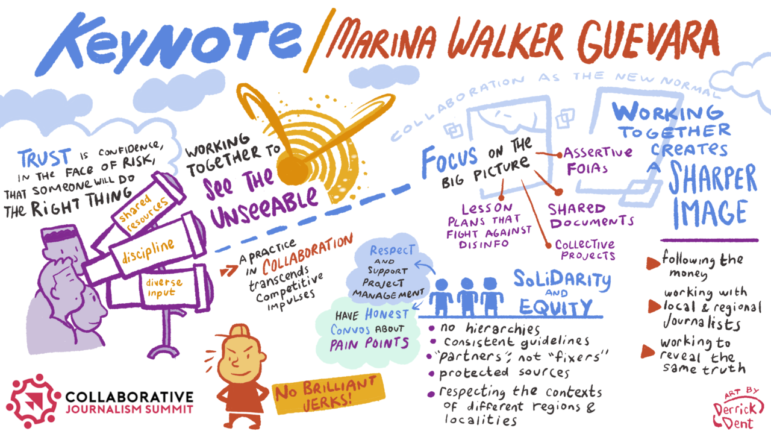
Data Journalism
How CORRECTIV Supports Local Data Journalism in Europe: Q&A with Editor-in-Chief Olaya Argüeso
This project aims to help local journalists publish data stories when they wouldn’t otherwise have the time or money to do it.

This project aims to help local journalists publish data stories when they wouldn’t otherwise have the time or money to do it.
The year 2022 has seen a number of noteworthy books about investigative journalism, from going undercover to dig into corruption to investigating the underbelly of the global migration crisis, and from a deep dive into dodgy COVID contracts to a book from Nobel Peace Prize winner Maria Ressa.

GIJN’s latest membership class sees its first member in Lithuania and a Netherlands-based exiled group focused on Turkmenistan. The groups include investigative media outlets, a journalists’ collective, and a social enterprise that is building representative newsrooms. GIJN also welcomed members from Denmark, Georgia, India, South Africa, and the United States.

The Pulitzer Center’s Marina Walker Guevara sees collaboration as one of the most significant paradigm changes in journalism of the past 50 years. In a keynote speech at the Collaborative Journalism Summit, she said that by working together, reporters can investigate stories that “transcend us, transcend our competitive instincts, our newsrooms’ politics, and our own egos.”

Russian journalists who have fled their home country over censorship and security issues are now rebuilding their lives and careers amid a diaspora community in Riga, Latvia.

Every year thousands of migrants cross one of the most dangerous borders in the world: the Darién Gap, a magnificent but deadly rainforest that connects Colombia and Panama. GIJN spoke to a Pulitzer Prize-winning reporter, and one of her teammates, who trekked through the jungle to investigate what happens en route.

“Death is the great equalizer,” or so the saying goes. But our NodeXL #ddj mapping from September 21 to 27 finds an investigation by The Boston Globe Spotlight team that proves otherwise: race and income influences how and when people die. In this Top 10 #ddj edition, we also found The Markup launching its new privacy tool, the Financial Times examining how Finland, and the cities of Madrid and New York City handled the pandemic, as well as a great guide by Datawrapper’s Lisa Charlotte Rost to choosing better colors for your charts.